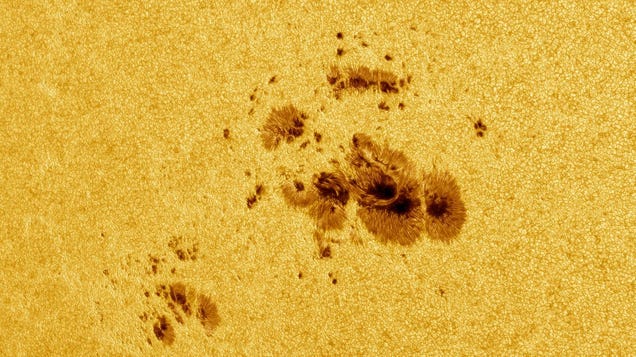
Things have been heating up for the Sun, as the star approaches peak activity during its 11-year cycle, with giant eruptions bursting regularly from its surface. Luckily for us, this coincides with the Moon passing between the Earth and its host star, offering a captivating view of the solar corona during the upcoming…

